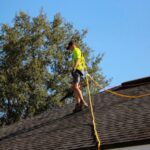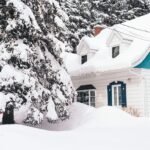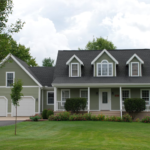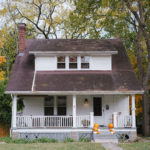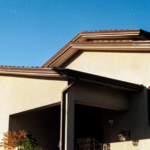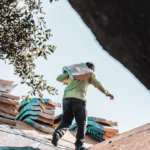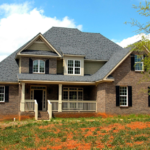SUMMARY:
The roof of a house is perhaps the element most taken for granted on the structure, yet it is extremely critical for the safety and quality of the entire building. Regularly scheduled inspections by a professional roofing company are the best way to gauge the condition of roofing materials, but homeowners should also make it a habit to intentionally look for warning signs of damage. While some of those signs are striking, others are less so and require a closer look to detect. Spotting possible damage and getting a professional opinion are often the first steps to avoiding severe problems later on.
FOR IMMEDIATE RELEASE:
Homeowners are sometimes surprised when a roofing inspector can identify roof damage from the ground before even placing a ladder against the wall. While years of experience working with roofing materials make it easier to spot problems, the average homeowner can also educate himself on what to look for in order to assess the general condition of their roof. This is an important activity, as spotting damage as soon as it occurs is often the key to mitigating risk, keeping moisture out of the home, and extending the life of the roof as a whole.
The clearest indicator of roof damage is missing shingles. During a strong storm, shingles that are loose or have decayed can be blown off the roof, leaving the underlying surface vulnerable to water damage. A warning sign that may require a closer look is areas of the roof that are sagging below the surrounding materials. Following impact damage from falling tree limbs or an unusually heavy snowfall, it may be possible to see that the roof has suffered partial damage and is uneven.
From inside the house, the unmistakable signs of water damage are enormously important to notice and address. Often the first locations of leaks are the seams between roofing materials–that is, the edges of skylights, chimneys, or roof vents. Of course, shingles can be damaged at any spot on the roof by falling debris, and water can begin entering the home at that point, creating water stains on the ceiling or in the attic.
Many homeowners assume that it is normal for green algae to grow on their shingles. In reality, this is an indicator that there is an unusual amount of moisture that remains in that particular area long-term, and often it is a sign that rainwater is making its way just underneath the roofing materials. Besides damaging the wood structure of your home, this moisture can also encourage the growth of harmful mold and mildew.
Any of these warning signs should prompt homeowners in the central Virginia area to contact BTB Construction right away for a roof inspection. Their experts will search for weather related damage, assess the quality of the shingles or other roofing material, and provide a quote for any necessary repairs or replacement. A solid, leak-free roof is the key to keeping the entire structure underneath strong and safe for the long term.




